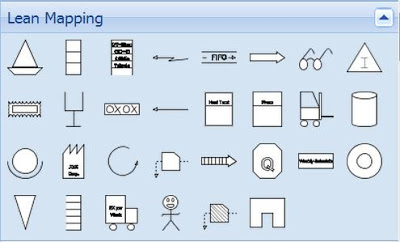
In today’s competitive environment, lean manufacturing is no longer a buzzword. It is a requirement.
In simple terms, lean manufacturing means producing what is needed with as little waste as possible. While this may seem a given for any company that wants to be successful, there are various methodologies for doing business.
Lean starts with choosing the right material. You need a medium that meets your requirements without requiring additional processing. While metal is strong and sturdy, sometimes a good plastic is sufficient.
Automated Production Machining, Inc. understands the importance of efficiency in operations and inventory. Our advanced operational software supports your lean manufacturing efforts by providing support for a variety of lean methods including:
-
Just-in-Time (JIT) manufacturing
-
Kanban
-
Materials Requirement Planning (MRP)
What is Lean Manufacturing?
This manufacturing process sprung from the workflow of automaker Toyota in the 1930s as a way to improve upon Henry Ford’s innovative system for creating automobiles.
Lean Manufacturing employs five principles:
-
Identify value
-
Create and map the value stream
-
Create flow
-
Establish pull
-
Continually improve
Eliminating Waste is the Primary Objective
Lean manufacturing seeks to create the most efficient process possible by eliminating any process, material or thing that doesn’t add value to the end customer.
Steer clear of these wastes in order to make your operation as lean as possible:
-
Transportation: Unnecessarily moving people, products & information
-
Inventory: Storing parts, pieces, documentation ahead of requirements
-
Motion: Bending, turning, reaching, lifting of people or equipment
-
Waiting: For parts, information, instructions, or equipment
-
Overproduction: Making more than required
-
Over-processing: Requiring tighter tolerances or higher grade materials than necessary
-
Defects: Includes reworking, scrap parts, or incorrect documentation
-
Skills: Under-utilizing capabilities, delegating tasks with inadequate training
Questions?
Upload your file for a free quote to find out how we can partner with you on your next project.
